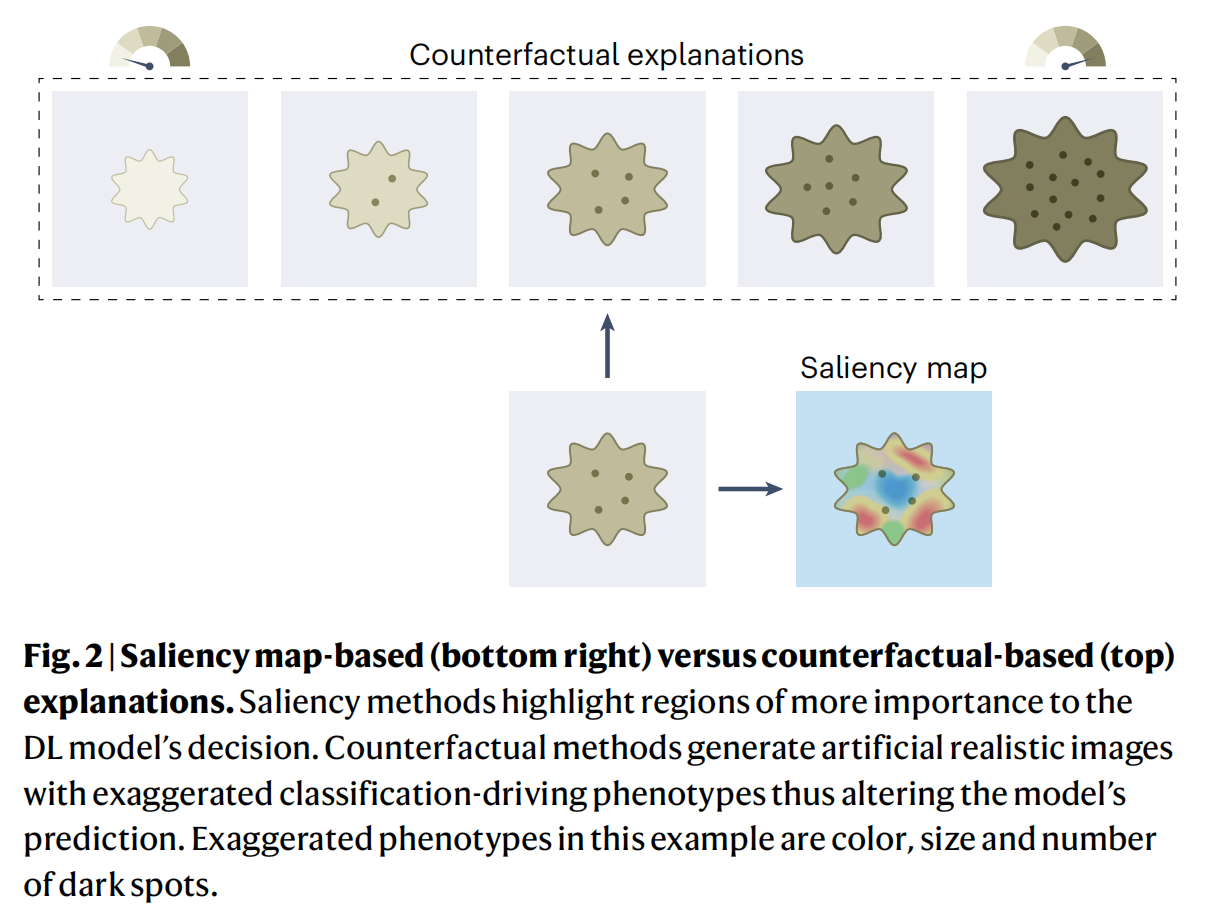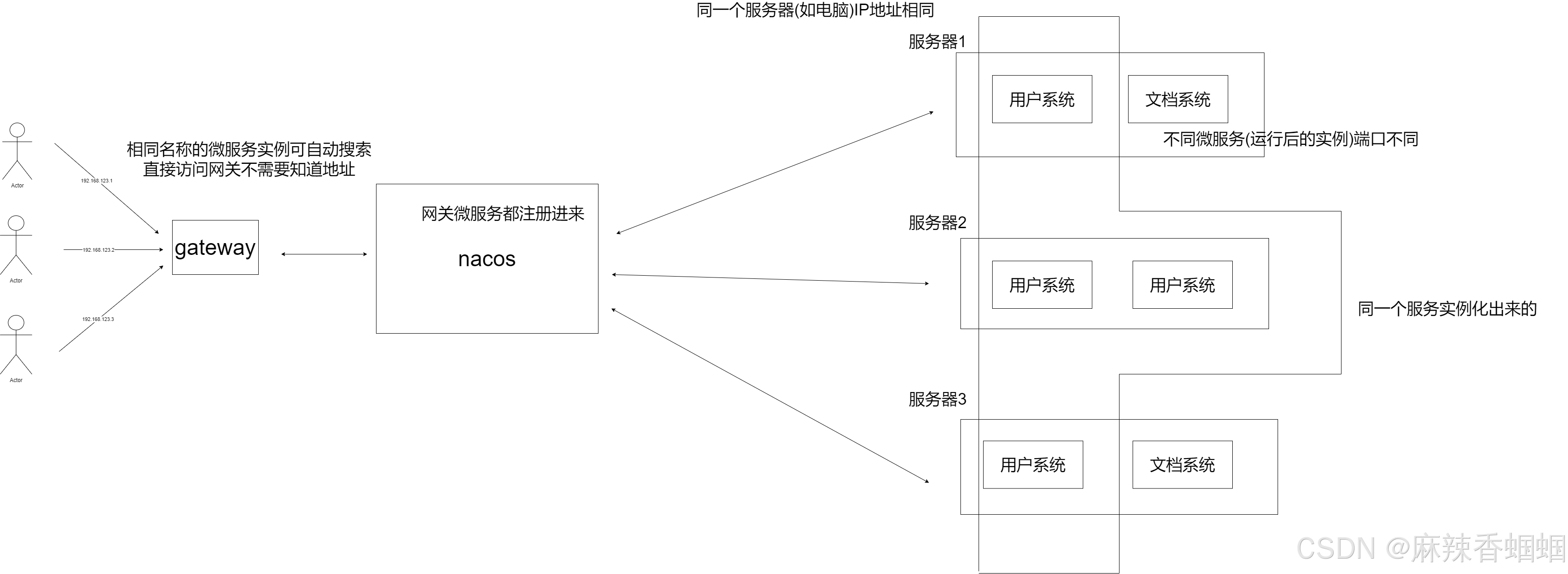目录
Pipeline
集群下的批处理
Pipeline
单个命令的执行流程:

N条命令的执行流程:

N条命令批量执行:

Redis提供了很多Mxxx这样的命令,可以实现批量插入数据,例如:
- mset
- hmset
利用mset批量插入10万条数据:
@Test
void testMxx() {
String[] arr = new String[2000];
int j;
long b = System.currentTimeMillis();
for (int i = 1; i <= 100000; i++) {
j = (i % 1000) << 1;
arr[j] = "test:key_" + i;
arr[j + 1] = "value_" + i;
if (j == 0) {
jedis.mset(arr);
}
}
long e = System.currentTimeMillis();
System.out.println("time: " + (e - b));
}注意:不要在一次批处理中传输太多命令,否则单条命令占用带宽过多,会导致网络阻塞
MSET虽然可以批处理,但是却只能操作部分数据类型,因此如果有对复杂数据类型的批处理需要,建议使用Pipeline
@Test
void testPipeline() {
// 创建管道
Pipeline pipeline = jedis.pipelined();
long b = System.currentTimeMillis();
for (int i = 1; i <= 100000; i++) {
// 放入命令到管道
pipeline.set("test:key_" + i, "value_" + i);
if (i % 1000 == 0) {
// 每放入1000条命令,批量执行
pipeline.sync();
}
}
long e = System.currentTimeMillis();
System.out.println("time: " + (e - b));
}总结:
批量处理的方案:
- 原生的M操作
- Pipeline批处理
注意事项:
- 批处理时不建议一次携带太多命令
- Pipeline的多个命令之间不具备原子性
集群下的批处理
如MSET或Pipeline这样的批处理需要在一次请求中携带多条命令,而此时如果Redis是一个集群,那批处理命令的多个key必须落在一个插槽中,否则就会导致执行失败

串行化:
public class JedisClusterTest {
private JedisCluster jedisCluster;
@BeforeEach
void setUp() {
// 配置连接池
JedisPoolConfig poolConfig = new JedisPoolConfig();
poolConfig.setMaxTotal(8);
poolConfig.setMaxIdle(8);
poolConfig.setMinIdle(0);
poolConfig.setMaxWaitMillis(1000);
HashSet<HostAndPort> nodes = new HashSet<>();
nodes.add(new HostAndPort("192.168.150.101", 7001));
nodes.add(new HostAndPort("192.168.150.101", 7002));
nodes.add(new HostAndPort("192.168.150.101", 7003));
nodes.add(new HostAndPort("192.168.150.101", 8001));
nodes.add(new HostAndPort("192.168.150.101", 8002));
nodes.add(new HostAndPort("192.168.150.101", 8003));
jedisCluster = new JedisCluster(nodes, poolConfig);
}
@Test
void testMSet() {
jedisCluster.mset("name", "Jack", "age", "21", "sex", "male");
}
@Test
void testMSet2() {
Map<String, String> map = new HashMap<>(3);
map.put("name", "Jack");
map.put("age", "21");
map.put("sex", "Male");
//对Map数据进行分组。根据相同的slot放在一个分组
//key就是slot,value就是一个组
Map<Integer, List<Map.Entry<String, String>>> result = map.entrySet()
.stream()
.collect(Collectors.groupingBy(
entry -> ClusterSlotHashUtil.calculateSlot(entry.getKey()))
);
//串行的去执行mset的逻辑
for (List<Map.Entry<String, String>> list : result.values()) {
String[] arr = new String[list.size() * 2];
int j = 0;
for (int i = 0; i < list.size(); i++) {
j = i<<2;
Map.Entry<String, String> e = list.get(0);
arr[j] = e.getKey();
arr[j + 1] = e.getValue();
}
jedisCluster.mset(arr);
}
}
@AfterEach
void tearDown() {
if (jedisCluster != null) {
jedisCluster.close();
}
}
}Spring集群环境下批处理:
@Test
void testMSetInCluster() {
Map<String, String> map = new HashMap<>(3);
map.put("name", "Rose");
map.put("age", "21");
map.put("sex", "Female");
stringRedisTemplate.opsForValue().multiSet(map);
List<String> strings = stringRedisTemplate.opsForValue().multiGet(Arrays.asList("name", "age", "sex"));
strings.forEach(System.out::println);
}原理:在RedisAdvancedClusterAsyncCommandsImpl 类中,首先根据slotHash算出来一个partitioned的map,map中的key就是slot,而它的value就是对应的对应相同slot的key对应的数据,通过 RedisFuture<String> mset = super.mset(op);进行异步的消息发送
@Override
public RedisFuture<String> mset(Map<K, V> map) {
Map<Integer, List<K>> partitioned = SlotHash.partition(codec, map.keySet());
if (partitioned.size() < 2) {
return super.mset(map);
}
Map<Integer, RedisFuture<String>> executions = new HashMap<>();
for (Map.Entry<Integer, List<K>> entry : partitioned.entrySet()) {
Map<K, V> op = new HashMap<>();
entry.getValue().forEach(k -> op.put(k, map.get(k)));
RedisFuture<String> mset = super.mset(op);
executions.put(entry.getKey(), mset);
}
return MultiNodeExecution.firstOfAsync(executions);
}


















![[C++][opencv]基于opencv实现photoshop算法高反差保留](https://i-blog.csdnimg.cn/direct/532e661ae98c4fb28f20fdb2cc19b406.gif)